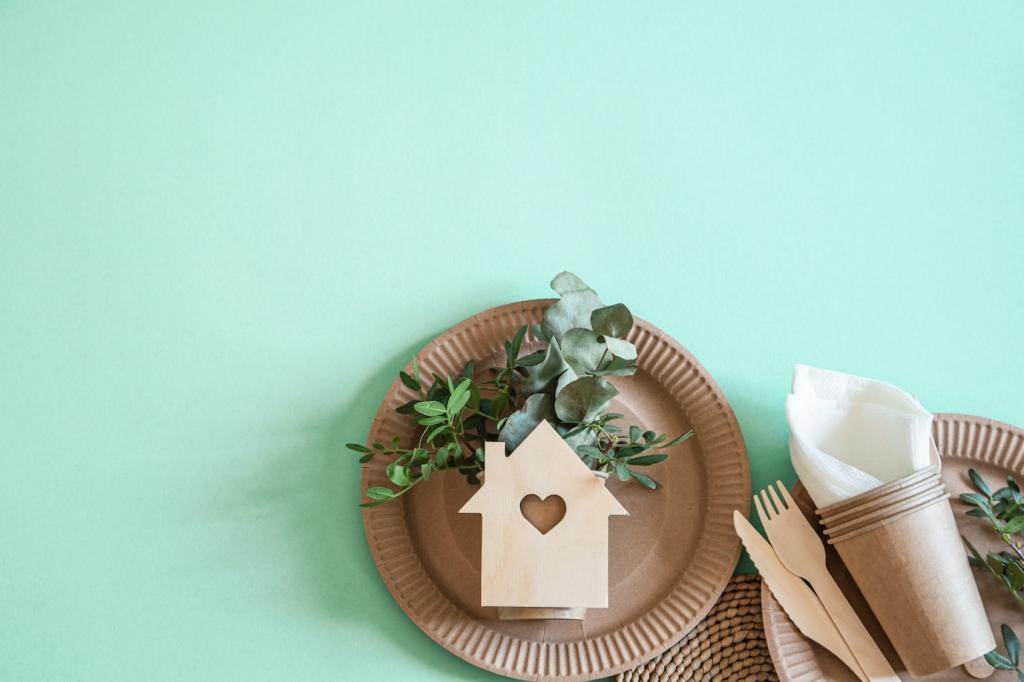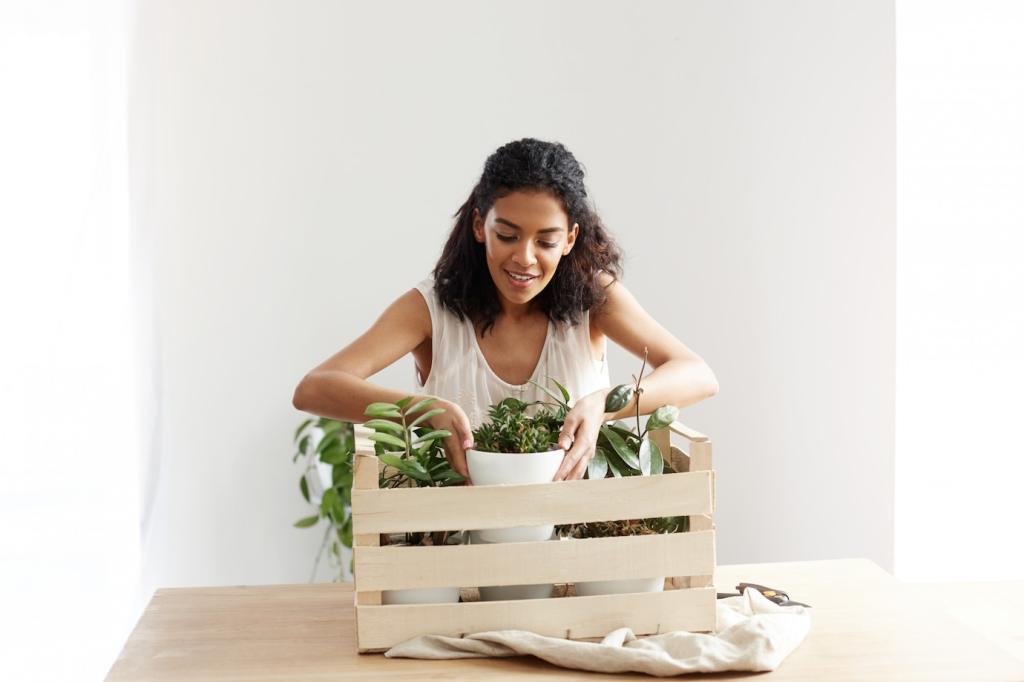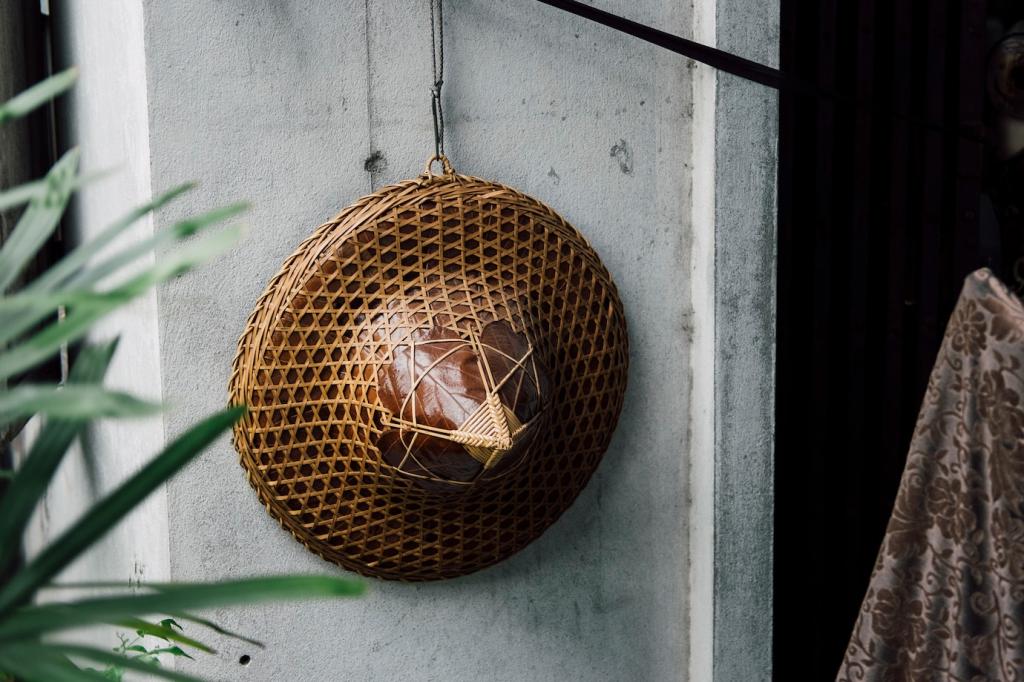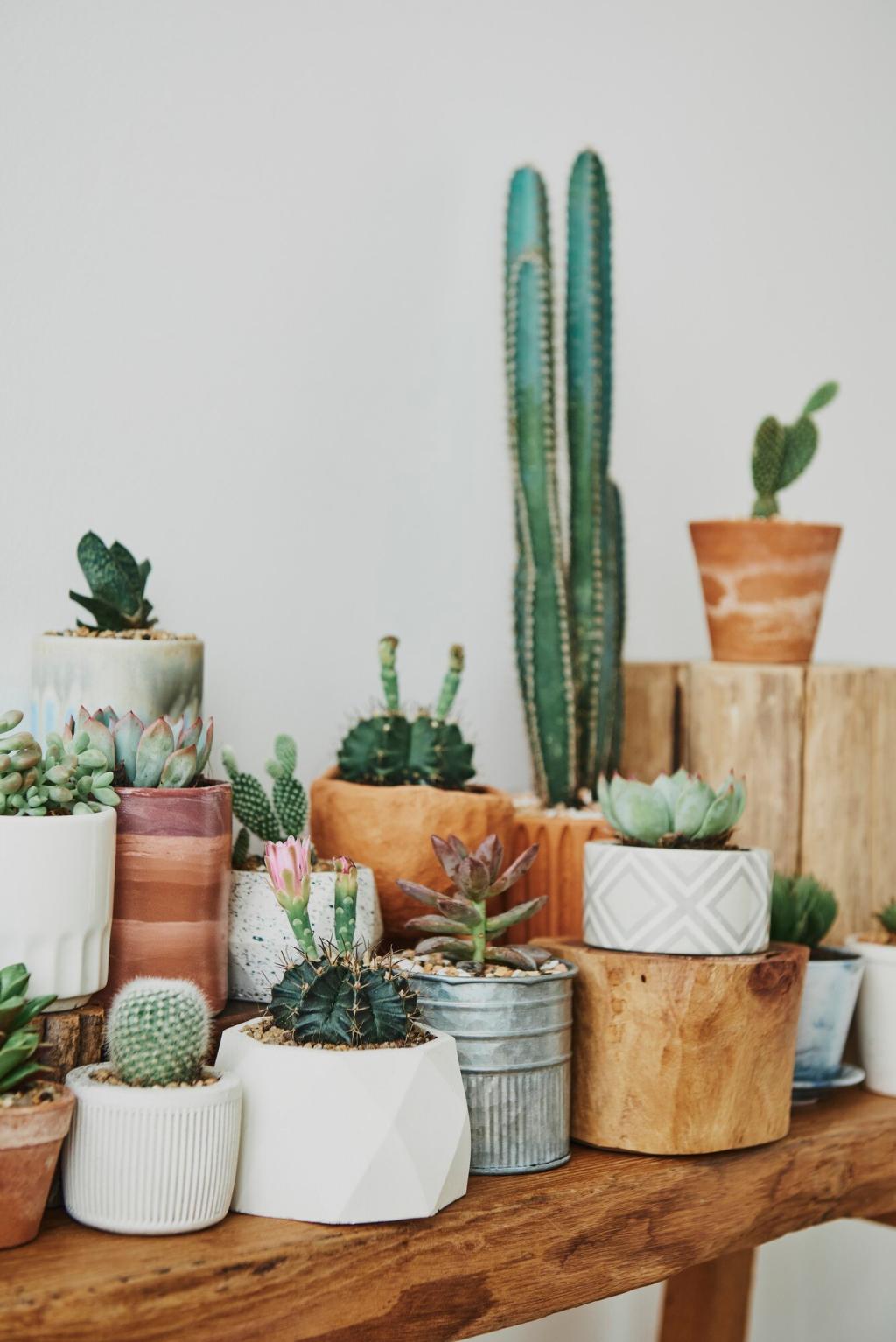
Sustainable Interior Design Concepts — Live Beautifully, Tread Lightly
Welcome to our home page dedicated to the chosen theme: Sustainable Interior Design Concepts. Explore practical ideas, heartfelt stories, and science-backed strategies to create spaces that feel warm, look timeless, and respect the planet we all share.
Foundations of Sustainable Interior Design
Before you buy, pause to consider a product’s entire journey, from raw material to disposal. Favor goods that are durable, repairable, recyclable, and responsibly sourced. This mindset reduces hidden waste, stretches your budget, and turns every design decision into a small vote for a healthier planet.
Materials That Matter: Recycled, Renewable, Responsible
Reclaimed wood carries history while avoiding new logging, and bamboo or cork regenerate quickly with minimal inputs. Seek verified certifications when possible, and ask suppliers about finishes. These surfaces bring warmth, texture, and a grounded feeling, turning sustainability into an instantly noticeable design advantage.
Materials That Matter: Recycled, Renewable, Responsible
Volatile organic compounds can linger in indoor air long after paint dries. Choose low- or no-VOC paints, sealers, and adhesives to reduce headaches and odors and improve comfort. Ventilate well during application and curing for safer, healthier results that align beautifully with sustainable interior design concepts.

LEDs, Dimmers, and Smart Controls
High-quality LED bulbs paired with dimmers and smart schedules cut energy bills and tailor ambiance. Choose warm color temperatures for living areas and higher temperatures for task zones. Motion sensors in closets and hallways trim wasted watts, making efficiency feel effortless and wonderfully consistent with sustainable design goals.
Daylighting by Design
Use reflective paints, light shelves, mirrors, and sheer window treatments to bounce daylight deeper into rooms. Arrange seating and work zones to catch soft, indirect light. Thoughtful daylighting reduces reliance on artificial lighting and nurtures circadian rhythms, bringing a gentle vitality to everyday living spaces.
Efficient Equipment and Smart Thermal Comfort
ENERGY STAR appliances, induction cooktops, and smart thermostats cut energy use without sacrificing performance. Seal drafts, add insulation where appropriate, and consider ceiling fans to distribute conditioned air. Share your favorite energy-saving upgrade and how it changed the feel and flow of your home throughout the seasons.
Water-Wise Interiors
Low-flow faucets and showerheads with aerators maintain a satisfying feel while using less water. Dual-flush toilets add choice and savings. Look for reliable certifications and test settings with your household to find the sweet spot between comfort, performance, and the core values of sustainable interior design concepts.
Modern dishwashers and washing machines use less water and energy per cycle than many older models. Run full loads, use eco modes, and choose shorter cycles when practical. Tell us which efficiency feature surprised you most, and we will compile reader favorites to guide future upgrades.
Place a small, attractive carafe beside the sink to encourage cold-water rinsing rather than running taps endlessly. Use visible, labeled containers for cleaning concentrates to discourage overuse. Gentle design tweaks reinforce daily habits, turning conservation into an easy, stylish part of your routine.
Circular Furniture and Upcycling
Prioritize modular, repairable furniture with replaceable parts and timeless lines. Avoid disposable trends and focus on quality joinery, hardwearing textiles, and flexible components. Over time, this approach saves money, reduces waste, and builds a home layered with character that aligns with sustainable interior design concepts.

Healthy Air, Healthy You
Source Control Comes First
Choose low-emitting products, seal raw particleboard edges, and avoid harsh fragrances. Good decisions at purchase time minimize pollutants for years. Place door mats at entries to reduce tracked-in dust and allergens, reinforcing the health-centered spirit of sustainable interior design concepts throughout your home.
Ventilation and Filtration That Work
Use exhaust fans while cooking and showering, and maintain filters on HVAC systems. Consider higher MERV-rated filters compatible with your unit for finer particle capture. Consistency is key; set reminders for filter changes and seasonal maintenance to keep indoor air fresh and comfortable.
Plants for Joy, Design for Air Quality
Houseplants add calm, texture, and connection to nature. While they are not a substitute for ventilation or filtration, they enrich the experience of space. Choose species suited to your light levels, and cluster them to create small, restorative moments in reading nooks and window corners.

Textures, Patterns, and Natural Cues
Incorporate grain, stone veining, and botanical motifs that echo forests and coastlines. These cues lower visual fatigue and add depth. Sustainable materials make these gestures meaningful, blending tactile richness with the responsibility at the heart of sustainable interior design concepts.

Seasons and Sensory Layers
Rotate textiles with the seasons: airy linen in summer, cozy wool in winter. Adjust scents, playlists, and lighting warmth to match daylight length. This gentle cadence brings balance, ensuring your home evolves sustainably while honoring personal rituals and comfort throughout the year.
